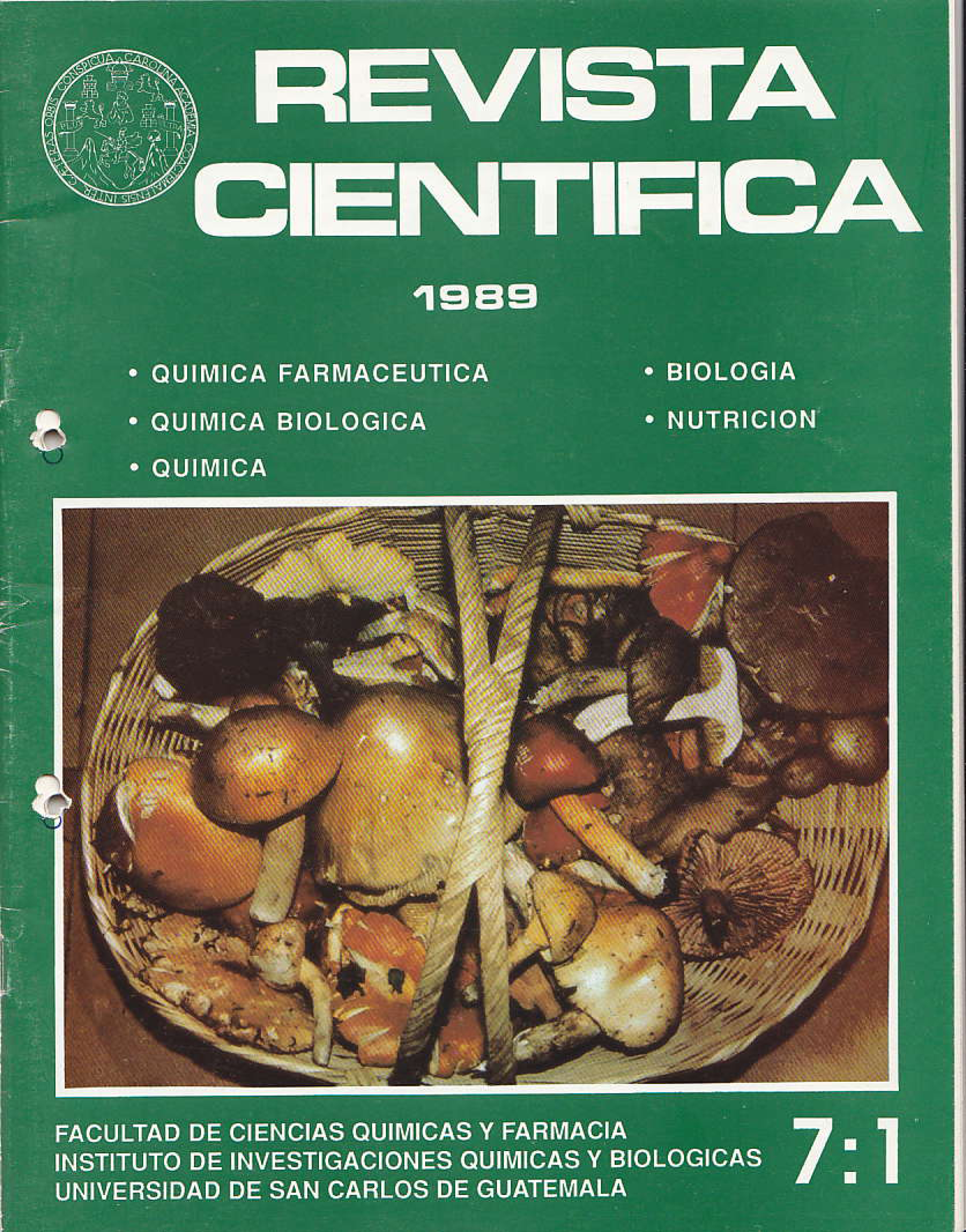Research on lichens as indicators of pollution and their use in environmental education
DOI:
https://doi.org/10.54495/Rev.Cientifica.v7i1.442Keywords:
research, lichens, indicators, pollution, environmental educationAbstract
If you travel through diverse locations, for example, from the industrialized German region to the Swiss Alps or from Mexico City to the Yucatan Peninsula, you can easily observe lichens as indicators of pollution: in areas with clean air, lichens are seen as gray, yellow, brown, white, and green patches on tree trunks. In polluted regions, this is not possible because they no longer exist. It is possible to observe that between the two extremes there are transitional regions. By observing this situation, a judgment can be made about the state of pollution in each region; this judgment is independent of the day on which the observation is made, because lichens are always active and provide an average value of pollution. This "Seeing Through Lichen Eyes" should be part of environmental education so that students can recognize the ecological reality of their community. At the same time, in a project investigating lichens as bioindicators, students also learn the value and limits of scientific research. With this article, we aim to stimulate the use of lichens as bioindicators in Latin America. Two objectives are pursued: 1. To provide guidance to biologists in universities, environmental monitoring agencies, and schools on the basics of lichen bioindication and measurement methods. 2. To demonstrate, using examples from Germany and conducted with teachers in schools, how projects involving lichens can be structured. The first part analyzes the biological basis for the functioning of lichens as bioindicators, comparing the value of bioindication and the results with technical measurements. Methods for measuring lichen pollution are presented below. Finally, projects carried out in schools are presented as a result.
Downloads
References
Arndt, U. Comparability and standerization of bioindication processes. En steubing, L., Jáger, H. Monitoring of Air Pollution by plants. Methods and problems. Junk Den Haag. 1982.
Guderian, R. Air Pollution. Phytoloxi city of acid gases and its significance in air pollution control. Springer Heidelberg, 1977. https://doi.org/10.1007/978-3-642-66544-8 DOI: https://doi.org/10.1007/978-3-642-66544-8
Grüninger, W. Gruner, E. y Schnitzer, I Flechten und luft qualitat. Luftqualital in Freiraumen und Verdich-tungsraumen, angezeigt durch Rindenflechten - (lAP-Verfahren). Sladtverwaltung Reutlingen. 1980.
Grüninger, W. et. al. Wege in die Biologic II. Klett Stuttgart. 1981.
Hale, M.E. The Biology of Lichens. Edward Arnold London. 1974.
Hawksworth, D., Rose, F. Lichens as pollution monitors. Arnold London. 1976.
LeBlanc, F. DeSloover. Relation betwen industrialisation and the distribution and growth of epiphytic lichens and mosses pp. 1691-1698.
Mabey, R. The pollution Handbook - The ACE/Sunday rimes clean air and water survey. Penguin Harmond worth. 1974.
Richardson, D. Nieboer, D. Lichens and Pollution monitoring. Endeavor, N.S. 1981 . pp. 127-133. https://doi.org/10.1016/0160-9327(81)90045-4 DOI: https://doi.org/10.1016/0160-9327(81)90045-4
Downloads
Published
How to Cite
Issue
Section
License
Copyright (c) 1989 Werner Grüninger, Miriam Velarde

This work is licensed under a Creative Commons Attribution 4.0 International License.
Authors who publish with this journal agree to the following terms:
- Authors retain copyright and grant the journal right of first publication with the work simultaneously licensed under a Creative Commons Attribution License 4.0 that allows others to share the work with an acknowledgement of the work's authorship and initial publication in this journal.
- Authors are able to enter into separate, additional contractual arrangements for the non-exclusive distribution of the journal's published version of the work (e.g., post it to an institutional repository or publish it in a book), with an acknowledgement of its initial publication in this journal.
- Authors are permitted and encouraged to post their work online (e.g., in institutional repositories or on their website) prior to and during the submission process, as it can lead to productive exchanges, as well as earlier and greater citation of published work.









